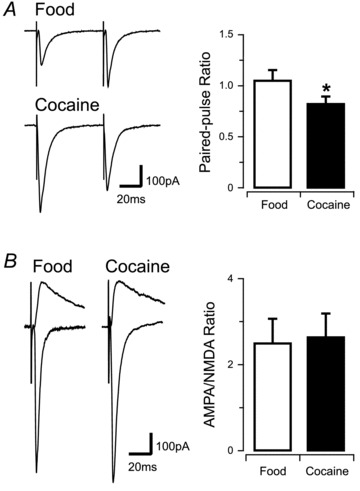Figure 4. Cocaine self-administration causes paired-pulse depression but does not alter the AMPA/NMDA ratio.

A, traces show representative evoked excitatory postsynaptic currents (eEPSCs) recorded in response to paired stimuli in PF/LHA neurones from food- (upper traces) or cocaine- (lower traces) trained rats. Bar plot (right) compares group data indicating that food-trained rats exhibited paired-pulse facilitation, whereas cocaine-trained rats exhibited paired-pulse depression (*P < 0.05). B, traces show an averaged inward eEPSC recorded at −70 mV (AMPA receptor-mediated) and overlayed averaged outward eEPSCs recorded at +40 mV in the presence of 1 μm CNQX (NMDA receptor-mediated). Left traces are from food-trained and right traces are from cocaine-trained rats. Bar plot (right) of AMPA/NMDA ratio compares group data, indicating no differences between food- and cocaine-trained rats.
